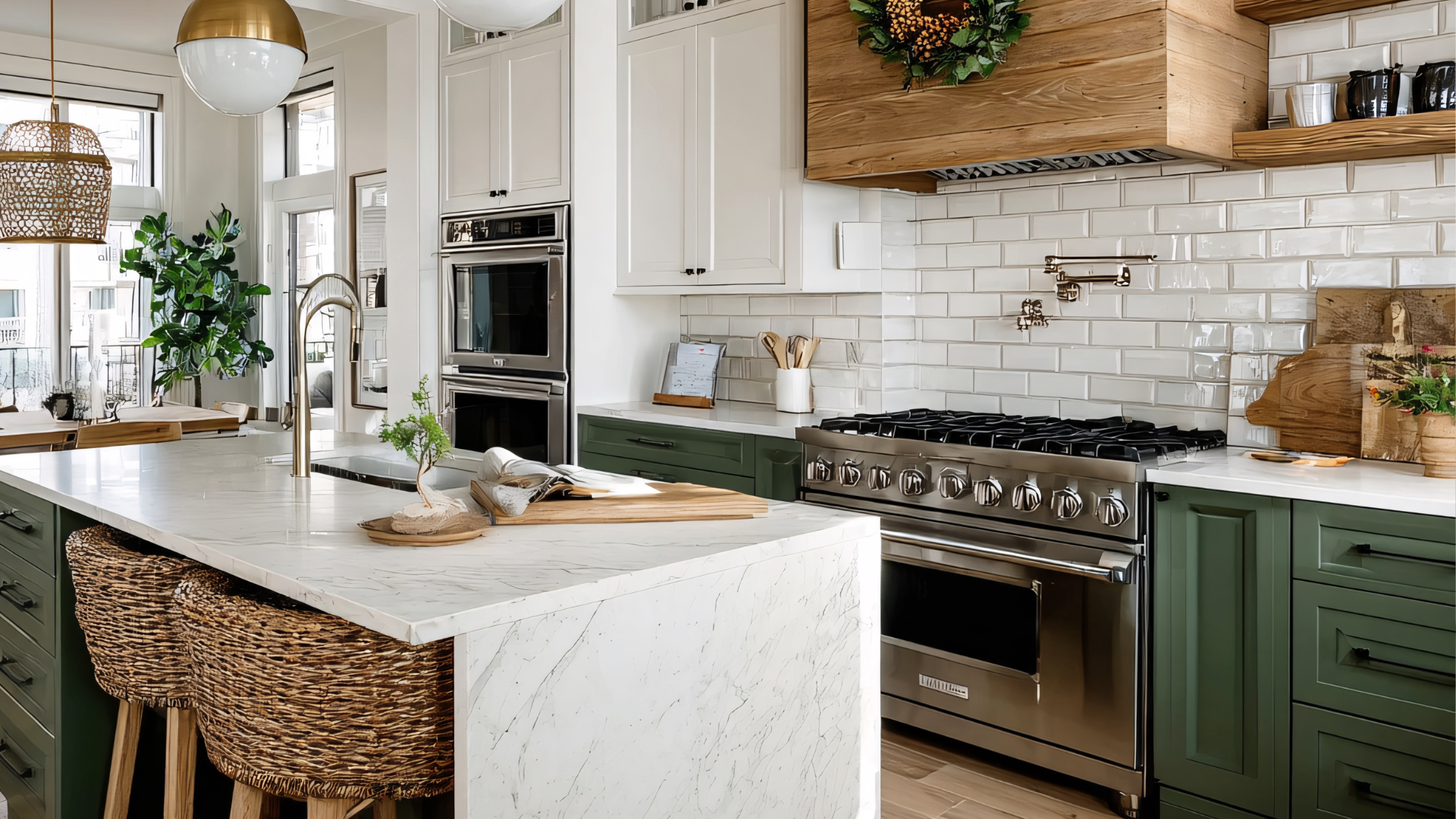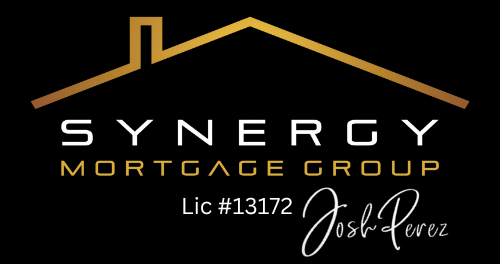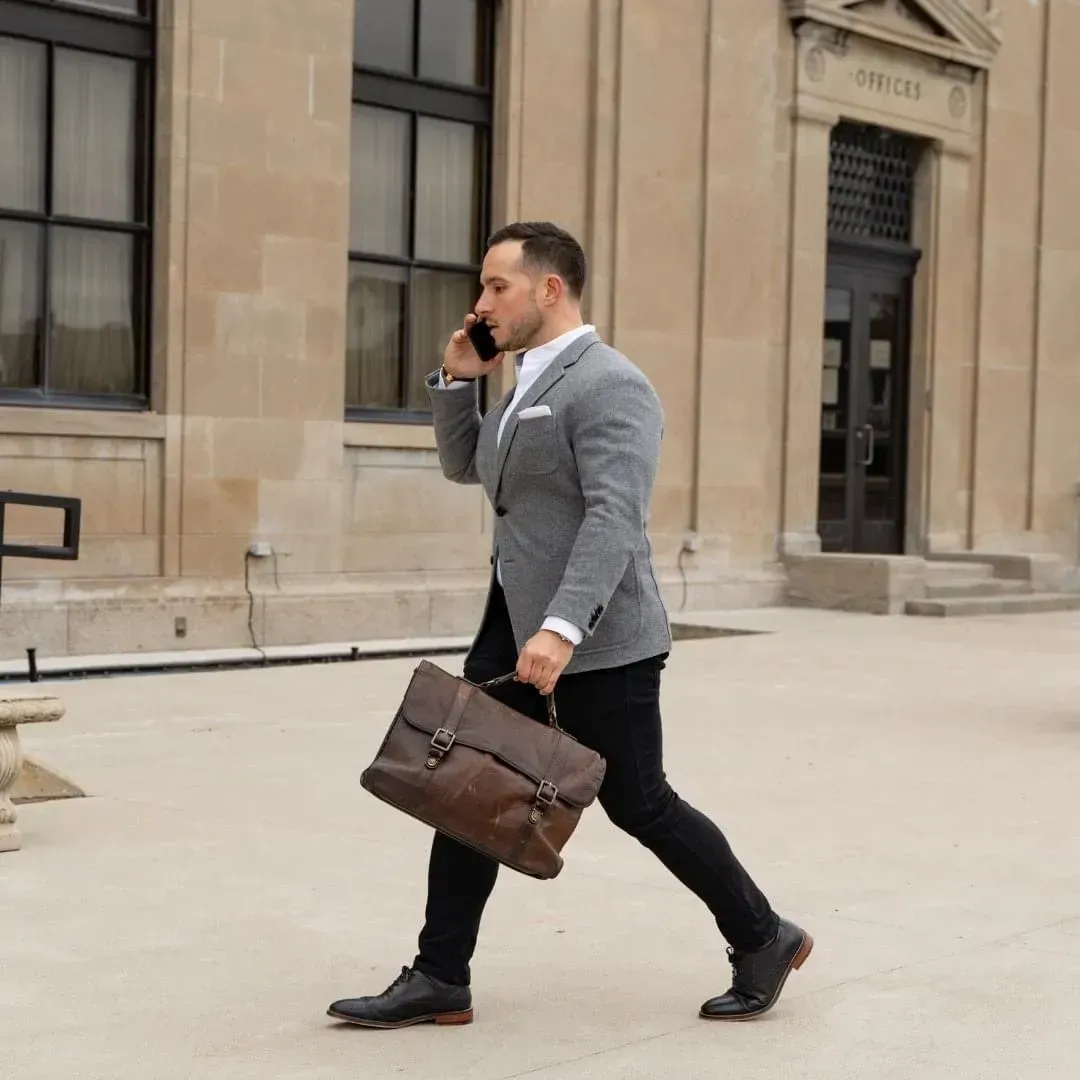Navigating Your Financial Path: Insights from Josh Perez
Let's talk about alternatives – because life is all about comparing them, isn't it?
Step one: ask yourself, "Is this important to me?" Whether it's a nagging feeling that you want more out of life or a burning desire to achieve your dreams, it all starts with recognizing your aspirations. From there, it's about figuring out what steps you need to take to turn those dreams into reality.
"Success doesn't always come from a stroke of luck or an inheritance. It comes from hard work, determination, and a willingness to take calculated risks."
Money, time, skills, and your support team – they're all part of the equation. Sometimes, it feels like capital, or money, is the biggest obstacle standing in your way. But here's the thing – there are ways to overcome that hurdle.
If you own a home, have you considered ways to increase its value? Small improvements can make a big difference. And what about your expenses? Are there areas where you can cut back and save? Maybe it's time to reassess your living situation – whether that means downsizing, renting instead of buying, or even considering a move to a different market.
The truth is, building wealth isn't easy. But it is possible. I've had the privilege of working with clients and entrepreneurs from all walks of life, and I've seen firsthand that success doesn't always come from a stroke of luck or an inheritance. It comes from hard work, determination, and a willingness to take calculated risks.
Sure, real estate has been a tried-and-true path to wealth for many, but it's not the only route. The key is to prioritize your goals and align your daily habits with your long-term aspirations.
So, whether you're dreaming of financial freedom or striving to achieve a specific milestone, remember this – it all starts with a choice. Choose to prioritize your goals, take intentional action, and stay committed to your journey.
Here's to navigating your financial path with purpose and determination.
Book a call with Josh





